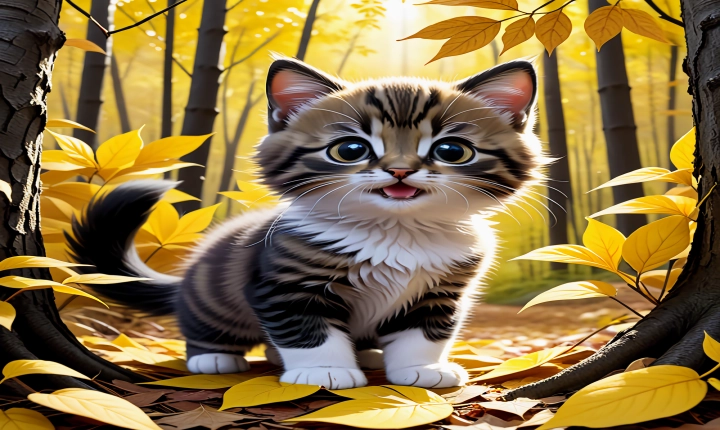Title: How to Easily Convert JPEG to AI Illustrator File
Are you looking to convert a JPEG image to an AI Illustrator file for editing and design purposes? Adobe Illustrator is a powerful tool for creating vector graphics, and converting JPEG images to AI files can be a useful process for designers, artists, and professionals in various industries. In this article, we’ll explore methods for converting JPEG to AI, as well as some tips for ensuring the best results.
Method 1: Using Adobe Illustrator
One of the simplest ways to convert a JPEG image to an AI file is by opening the JPEG in Adobe Illustrator and then saving it in the AI format. Here are the steps to follow:
1. Open Adobe Illustrator and create a new document.
2. Go to File > Open, and select the JPEG file you want to convert.
3. Once the JPEG file is open, go to File > Save As and choose Adobe Illustrator (.ai) as the file format.
4. Name your file and choose a location to save it, then click Save.
In some cases, the JPEG image may be a bitmap rather than a vector graphic. When you save it as an AI file in Illustrator, it will still be a bitmap image, but it will be saved within an Illustrator-compatible document.
Method 2: Using Online Conversion Tools
There are several online tools that allow you to convert JPEG to AI files. These tools are convenient and can be used without the need to install any additional software. Here’s a simple method using an online converter:
1. Go to a website that offers JPEG to AI conversion, such as onlineconvert.com or convertio.co.
2. Upload the JPEG file from your computer or cloud storage.
3. Select AI as the output format.
4. Click on the “Convert” or “Start” button to begin the conversion process.
5. Once the conversion is complete, download the AI file to your computer.
It’s important to note that the quality of the conversion may vary depending on the tool you choose, so it’s advisable to try out different tools to find the one that works best for your needs.
Tips for Ensuring the Best Results
When converting JPEG to AI, there are a few things to keep in mind to ensure the best possible outcome:
1. Image Quality: If you are starting with a low-resolution or heavily compressed JPEG image, the resulting AI file may not look as good as you’d like. It’s best to start with a high-quality JPEG image for the best results.
2. Vectorization: If you want to convert a raster image (JPEG) into a vector graphic (AI), consider using the “Image Trace” feature in Adobe Illustrator. This can help convert the bitmap image into editable vector paths and shapes.
3. File Size: AI files can be significantly larger than JPEG files, especially if they contain complex vector graphics. Be mindful of file size when working with AI files, especially if you plan to share or distribute them.
In conclusion, converting JPEG to AI can be a valuable process for anyone working with graphics and design. Whether you use Adobe Illustrator or online conversion tools, there are multiple options available to convert your JPEG images into AI files. By following the methods outlined in this article and considering the tips provided, you can ensure a smooth and successful conversion process.
